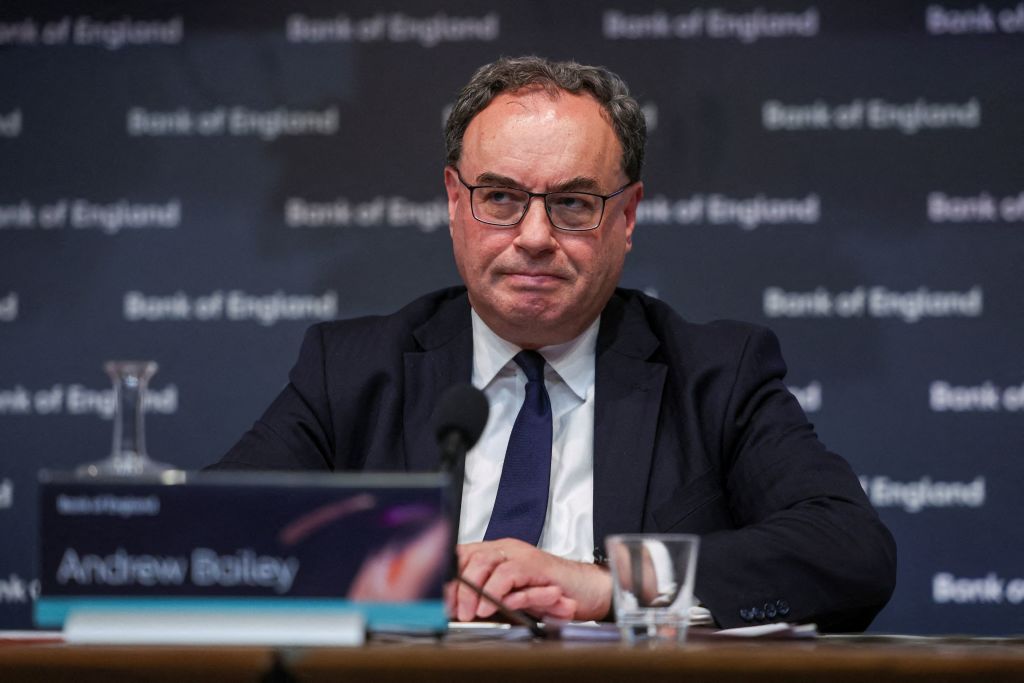When will inflation return to the target rate? According to its latest forecasts, the Bank of England isn’t expecting inflation to slow to 2 per cent until 2025. But could this happen much sooner?
Several independent forecasters are growing in confidence that inflation could get down to 2 per cent this spring, rather than next spring. Oxford Economics now expects inflation to average 2.1 per cent this year (a full percentage point lower than it expected in November). They also expect the inflation rate to slow to the annual rate of 2 per cent in April, as Ofgem once again lowers the energy price cap and last year’s higher prices fall out of the calculation.
Deutsche Bank is also optimistic that inflation could return to target in Q2 this year, thanks to lower energy costs. The surprise slowdown in the rate – to 3.9 per cent on the year in November, notably below market predictions – has made the prospect of returning to target sooner far more plausible.
The return to 2 per cent would open up a host of options for the Bank: not least a serious discussion about reducing interest rates. In the last vote taken by the Monetary Policy Committee, the decision was once again to maintain rates at 5.25 per cent, with three of the nine members voting to increase the bank rate to 5.5 per cent. For months now, the emphasis from the Bank’s governor Andrew Bailey has been that markets should not expect rates to fall any time soon.
Interest rates are not historically high right now – indeed they hover around normal – but pressure is already being put on the Bank to consider how these rates are impacting economic growth (exacerbated by the update at the end of last year that the economy shrunk slightly between July and September, by 0.1 per cent). Returning to the inflation target a year before the Bank’s predictions would pile that pressure on further, and could see some reduction in rates. Others will argue that the Bank can’t risk returning to the ultra-low rates that created all kinds of landmines under the UK economy.
It won’t be surprising if the Bank continues to look kindly at higher rates
Having got its predictions so badly wrong at the start of the inflation saga, it won’t be surprising if the Bank continues to look kindly at higher rates. Speaking at yesterday’s Treasury Select Committee, Bailey insisted that one of the biggest risks to the UK economy continued to be circumstances out of the government or Bank’s control, noting that the ‘potential for further global shocks is obviously there’. But he also admitted that some of the worst fears going into the new year have not panned out as badly as expected
The major shipping disruption in the Red Sea, for example, ‘hasn’t actually had the effect that I sort of feared it might’, Bailey told the Committee. And while it ‘will increase shipping prices and shipping costs’, which has the potential to impact the inflation rate, it has not led to a ‘prolonged spike in oil prices’ as many predicted. On the contrary, energy prices are still heading in the right direction: ‘If anything’ he noted’ ‘the oil (price) is actually coming down a bit.’
This doesn’t mean prices will continue to go in the right direction or that there won’t be yet another shock to global markets – a seemingly new feature of our state of economic permacrisis. But if the building optimism for inflation returning to target this year is matched by reality, the potential for rate relief could follow sooner than the Bank has been suggesting.







Comments